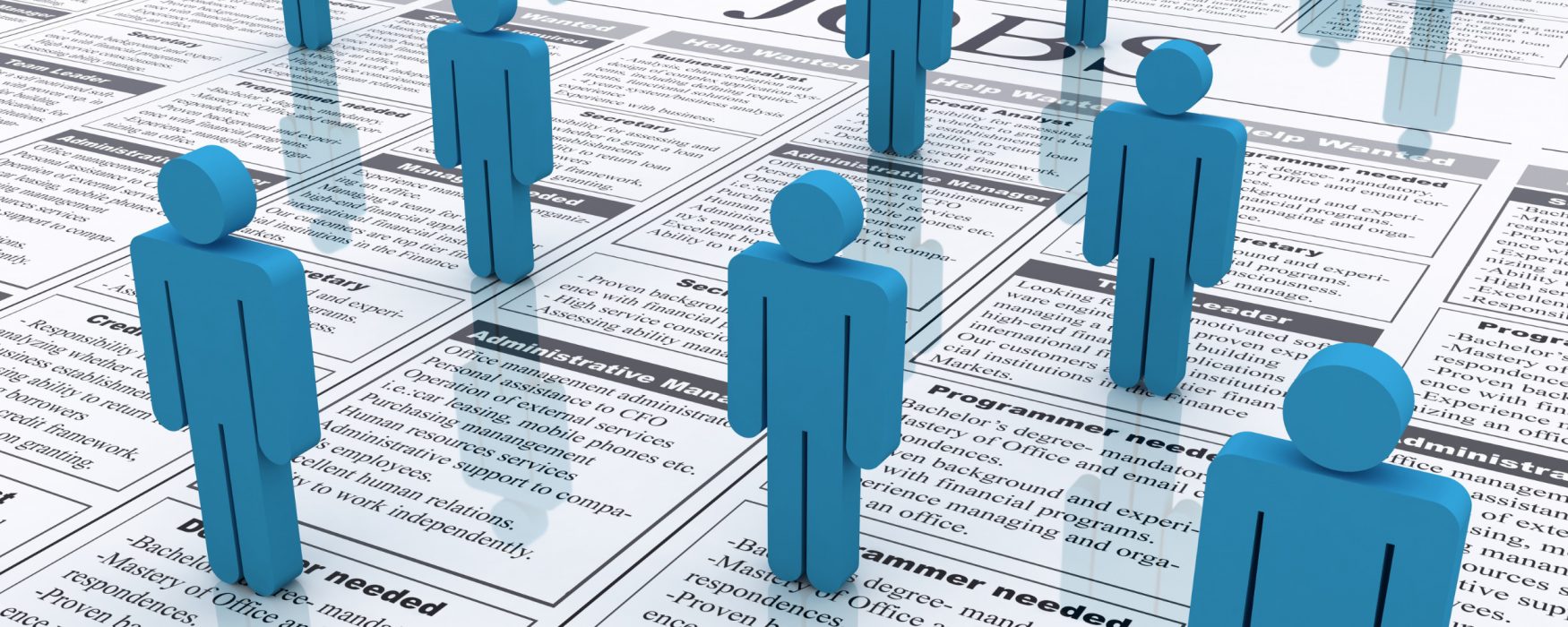
By Anthony Kaylin, courtesy of SBAM-approved partner, ASE
ChatGPT, and now GPT 4, and other similar artificial intelligence tools (AI) are proliferating through the marketplace. Unlike other disruptive technologies that would create new jobs to support it, AI may have the opposite effect. A study by Goldman Sachs reported that 300 million jobs may be lost due to AI. It may also be a wage suppressant.
“The only thing I am sure of is that there is no way of knowing how many jobs will be replaced by generative AI,” Carl Benedikt Frey, future of-work director at the Oxford Martin School, Oxford University, told BBC News. “What ChatGPT does, for example, is allow more people with average writing skills to produce essays and articles. “Journalists will therefore face more competition, which would drive down wages, unless we see a very significant increase in the demand for such work.
The Goldman Sachs report estimates that generative AI could disrupt the legal sector by automating 44% of legal tasks in the U.S. Additionally, 46% of administrative tasks, 35% of business and financial operations, and 31% of sales tasks could be automated according to the report. Transactional jobs are at risk.
But higher-level jobs could be impacted also. When IBM owned Watson, it was used for medical diagnoses. As it turned out, Watson was better at diagnoses than most doctors.
HR is not safe. And don’t kid yourself.
The labor shortage has led to labor costs spiraling out of control. With retirement funds and other funds investing in companies through the markets, they would want the highest cashflow possible. It’s the same with family owners in the long run. Therefore, the question is not how, but when, will AI take over these jobs.
Although it is being used in recruiting at initial stages, benefits, compensation, and any transactional HR Analysts and HRIS Specialist tasks could initially be automated. The dearth of workers in these areas would justify the need. Think of AI solving the pay equity issues, assuming the programming has no bias built in. It would be difficult to justify pay differentials for the same or similar work. The program will take care of it.
Further, training using AI may reduce the cost of L&D and the AI could answer participants’ questions via chat. View this training on the high earner court case. Did you guess that the trainer is AI generated and not a real person?
Education institutions are not catching up, especially in the IT area. A college education is still important, regardless of what may be written out there, but will live professors teach or could it be through AI generated tools? Assuming these tools are effective and accepted, could it solve the issue of educational costs and relevance in the long run?
Will AI in training be effective in the long run? Maybe, but there will be a transitional discomfort for many until they get used to it.
Don’t assume that a people touch will be needed in the future. We often hear that people need personal touch. It’s a different generation with different expectations. What a personal touch means to one generation is not the same in another. Why can’t a manager type in a box how to handle an FMLA situation and get the correct response? It could even provide a script of what to say. Therefore, it could become more efficient and effective for managers than working with their HR representatives or legal counsel. Employers will enjoy the cost savings AI provides.
What AI cannot replicate is human nuance – think of Data from Star Trek the Next Generation – humor, emotion, etc., was difficult to program. AI is literal and as some testers have found out, the literal aspect of AI is scary.
Therefore, before we go into a science fiction reality, we need to ensure ethical AI regulation is in place before any displacement. Generative AI is the future. The good thing is that AI is only in its infant stages, but if regulations are not put in place as to the how and more, the transitional time for the workforce may last longer than necessary.